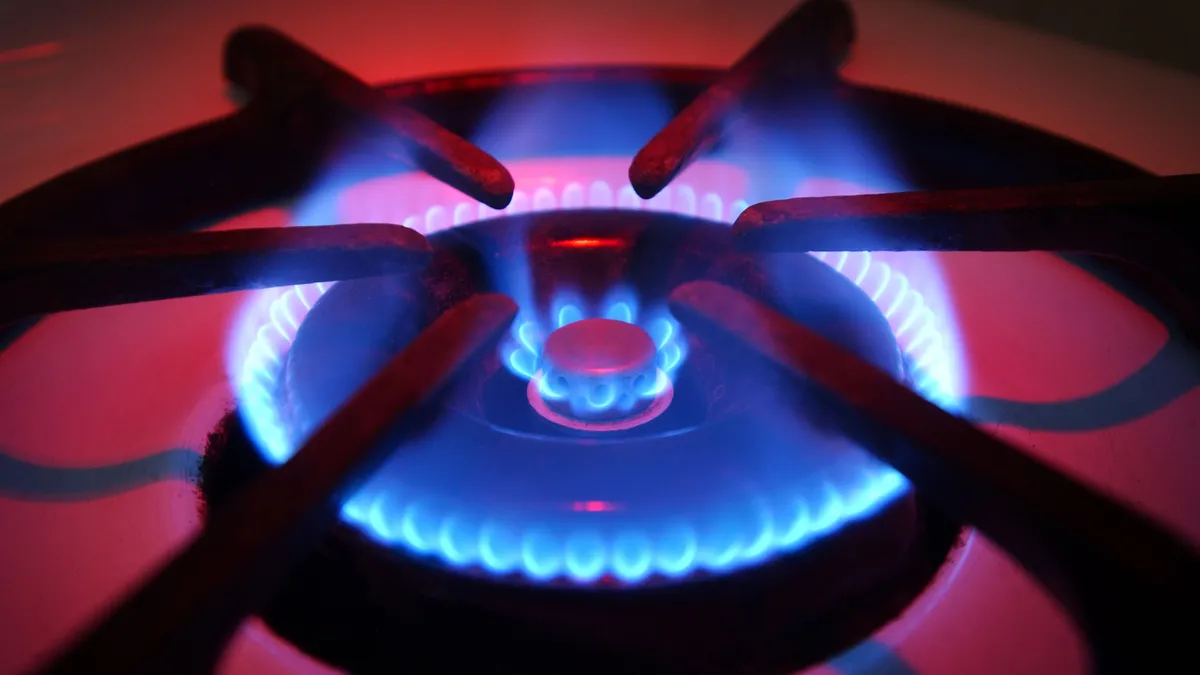The following is a contributed article by Alejandra Mejia Cunningham, building decarbonization advocate at the Natural Resources Defense Council. It is a counter piece to "The Dangers of Out of Sight, Out of Mind Gas Bans," an opinion piece by Dave Schryver, president and CEO of the American Public Gas Association.
To win the fight against the climate crisis and contain its out-of-control wildfires, punishing storms and other escalating disasters, we must reach economy-wide carbon neutrality by 2050.
The intervening three decades offer an invaluable opportunity to pivot away from fossil fuels and transition everyone in our country to a thriving, healthy, affordable clean energy future. If we miss this opportunity, not only will the damage from the climate crisis get worse over time, but finally taking action down the road will be much costlier, as we will have wasted precious time and resources on outdated fossil infrastructure that will then go unused.
Communities across the country are eager to take action against the climate crisis by reducing carbon emissions from their power plants, transportation fleets and buildings. But a concerted campaign by the gas industry threatens to strip those communities of valuable policy tools they need to meet their climate goals. The goal of this latest disenfranchising effort is to keep buildings and the people living inside them hooked on polluting and unhealthy methane (aka "natural") gas, for decades to come.
Today one-third of the methane gas consumed in the U.S. each year is burned directly in our homes, offices and other buildings primarily for heating, hot water and cooking. The share of U.S. emissions from burning methane in buildings has increased in the last decade. This pollution is destabilizing our climate and making our families sick. A growing body of academic evidence has made this crystal clear by quantifying the detrimental health impacts on children from using fossil fuels in homes and showing that methane gas and biomass pollution is now responsible for more premature deaths than pollution from coal.
In the face of this unhealthy and alarming reality, local governments have started encouraging clean energy use in new buildings where residents will live and work for decades, often through building codes that offer financial or compliance incentives for new construction powered by cleaner electricity. These incentives help builders overcome the perceived risk — and real knowledge acquisition costs — that come with embracing any new technology.
Building all-electric from the start is easier and more affordable since it avoids having to construct for two different energy sources: gas and electricity. As the electricity supply becomes more clean through renewable energy, all-electric buildings will help communities control future costs, by avoiding expensive new gas pipelines and other infrastructure that would otherwise need to be maintained and paid off by customers for decades to come. And as the building industry becomes familiar with the reliable, highly efficient electric technologies that will get us to our 2050 climate goals, the price of all-electric homes will continue to decrease.
Cutting edge equipment — which exists today — that can run on 100% clean electricity is three to five times more efficient than gas appliances. Constructing highly efficient homes and businesses is particularly important at a time when many Americans are looking to reduce energy costs. But the overly broad legislative language the gas industry is pushing across the country threatens to take even fuel-neutral efficiency policies off the table. Energy efficiency has long been known to reduce waste, cost of providing energy service, and consumer energy bills and must be available in the toolkit for local governments.
Efficient buildings and modern electric equipment, which can meet our needs while reducing the amount of energy we use, can also ease the stress on the electric grid and help people stay safe and comfortable in today's increasingly extreme climate. Windmills didn't bring down the Texas grid — frozen pipelines and inefficient homes and space heaters did. Efficient homes and heat pumps could actually have kept the grid up and running.
Local governments want to step up and advance all-electric buildings because they know it's good for communities, public health, affordability, reliability and our planet. But this well-meaning effort has collided with a frighteningly well-funded, leave-no-stone-unturned national campaign by the gas industry to stop it. This campaign composed of fear tactics and misinformation, would like us to think we only have two choices: to burn their product in electric power plants or directly in our homes and places of business. Local leaders know this is a false dichotomy and that they must do better for their constituents by investing in healthy, affordable new buildings powered by 100% clean electricity.
The gas campaign has, to date, persuaded about 20 state legislatures and governors to strip local governments of their ability to move to healthier, more affordable and cleaner energy use in their residents' homes and workplaces. We need to stand up to this industry and its misleading campaign, and fight for a better future, for us all.






















